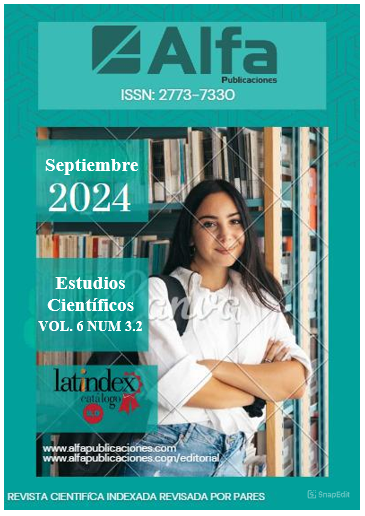Design and implementation of quadric surfaces simulations using augmented reality
Main Article Content
Abstract
Introduction: The scientific problem addressed in this research focuses on the difficulties students face in visualizing and understanding the geometric properties of quadric surfaces. The use of specialized software for the creation and manipulation of three-dimensional models offers an alternative to enhance visual comprehension and interaction with these concepts. Objectives: This article describes the design and implementation of an educational augmented reality application for the visualization and manipulation of three-dimensional quadric surfaces. Results: A diagnostic survey conducted among students of Mathematical Analysis II at the Escuela Superior Politécnica de Chimborazo revealed significant difficulties in visualizing these surfaces, justifying the need for this tool. Using Unity and Blender, six quadric surface models were created: ellipsoid, one-sheet and two-sheet hyperboloid, elliptical cone, elliptic paraboloid, and hyperbolic paraboloid. Methodology: A quantitative, non-experimental, exploratory, and applied design approach was adopted. For the application, an iterative development methodology was used, allowing for adjustments based on user feedback and optimizing the application for Android devices. Conclusions: The application, focused on the visualization of six quadric surfaces, has been designed in a flexible manner, facilitating future expansions to include new geometric elements. General area of study: Mathematics and Engineering. Specific area of study: Mobile Applications with Augmented Reality. Type of study: Original.
Downloads
Article Details
dssfdsf
dsfdsf

